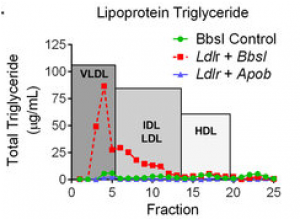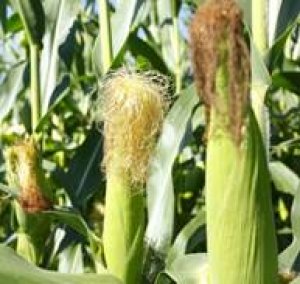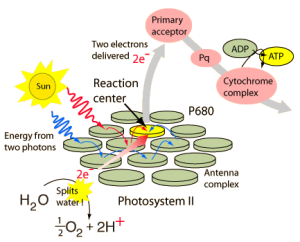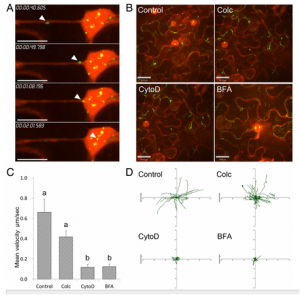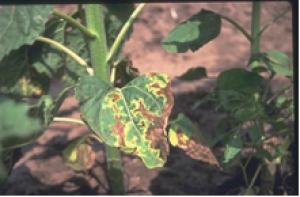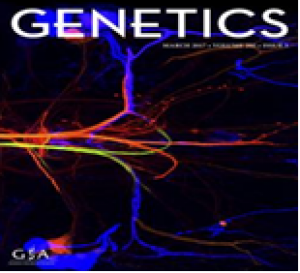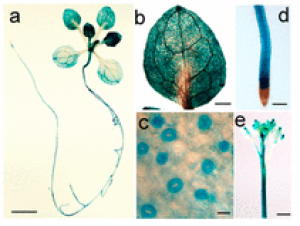Germline manipulation using CRISPR/Cas9 genome editing has dramatically accelerated the generation of new mouse models. Nonetheless, many metabolic disease models still depend upon laborious germline targeting, and are further complicated by the need to avoid developmental phenotypes.
Four genetically modified (GM) maize (Zea mays L.) hybrids (coleopteran resistant, coleopteran and lepidopteran resistant, lepidopteran resistant and herbicide tolerant, coleopteran and herbicide tolerant) and its non-GM control maize stands were tested to compare the functional diversity of arthropods and to determine whether genetic modifications alter the structure of arthropods food webs. A total number of 399,239 arthropod individuals were used for analyses.
Reactive oxygen species (ROS) damage the D1 and D2 reaction center proteins of Photosystem II in a process known as photoinhibition. Photoinhibition is an unavoidable consequence of excitation energy transfer and electron transport. The ROS responsible for oxidative damage, the sites of ROS production, and the residues oxidatively modified have not been determined. In this work, we identify HO• as being produced on both the oxidizing and reducing sides of the photosystem.
Agrobacterium causes diseases in a wide range of host plants. It has been developed as a genetic tool to transform a variety of plant species and nonplant organisms. It can achieve a transformation efficiency as high as 100%. However, it is not clear how Agrobacterium virulence factors are trafficked through host cytoplasm to achieve such a wide host range and a high efficiency.
CRISPR/Cas9 is a powerful genome editing tool that has been extensively used in model plants and crops, such as Arabidopsis thaliana, rice, wheat, and soybean. Here, we report the use of CRISPR/Cas9 to precisely knock out the committed diterpene synthase gene (SmCPS1) involved in tanshinone biosynthesis in Salvia miltiorrhiza, a traditional Chinese medicinal herb with significant pharmacological activities, such as vasorelaxation, protection against ischemia-reperfusion injury, and antiarrhythmic effects.
Abiotic stress and climate change is the major concern for plant growth and crop yield. Abiotic stresses lead to enhanced accumulation of reactive oxygen species (ROS) consequently resulting in cellular damage and major losses in crop yield. One of the major scavengers of ROS is ascorbate (AA) which acts as first line of defense against external oxidants.
Verticillium dahliae is a phytopathogenic fungal pathogen that causes vascular wilt diseases responsible for considerable decreases in cotton yields. The complex mechanism underlying cotton resistance to Verticillium wilt remains uncharacterized. Identifying an endogenous resistance gene may be useful for controlling this disease.
Molecular population genetics aims to explain genetic variation and molecular evolution from population genetics principles. The field was born 50 years ago with the first measures of genetic variation in allozyme loci, continued with the nucleotide sequencing era, and is currently in the era of population genomics. During this period, molecular population genetics has been revolutionized by progress in data acquisition and theoretical developments.
Autophagy contributes to innate immune responses in metazoans by targeted elimination of intracellular pathogens, including viruses, in a process termed “xenophagy.” Whether autophagy has a similar role in plant immunity is unknown. Here we demonstrate that the selective autophagy receptor NEIGHBOR OF BRCA1 (NBR1) binds the viral capsid protein and particles of cauliflower mosaic virus (CaMV) and mediates their autophagic degradation.
Turgor pressure is the driving force for cell growth in plants, and the large central vacuole provides the major space for turgor regulation. However, the molecular identity and function of many transporters that control water and solute fluxes in and out of vacuoles remain unknown. We report here that two Multidrug and Toxic Compound Extrusion (MATE)-type transporters show previously unrecognized function as chloride channels essential for turgor regulation in Arabidopsis.


 Curently online :
Curently online :
 Total visitors :
Total visitors :
